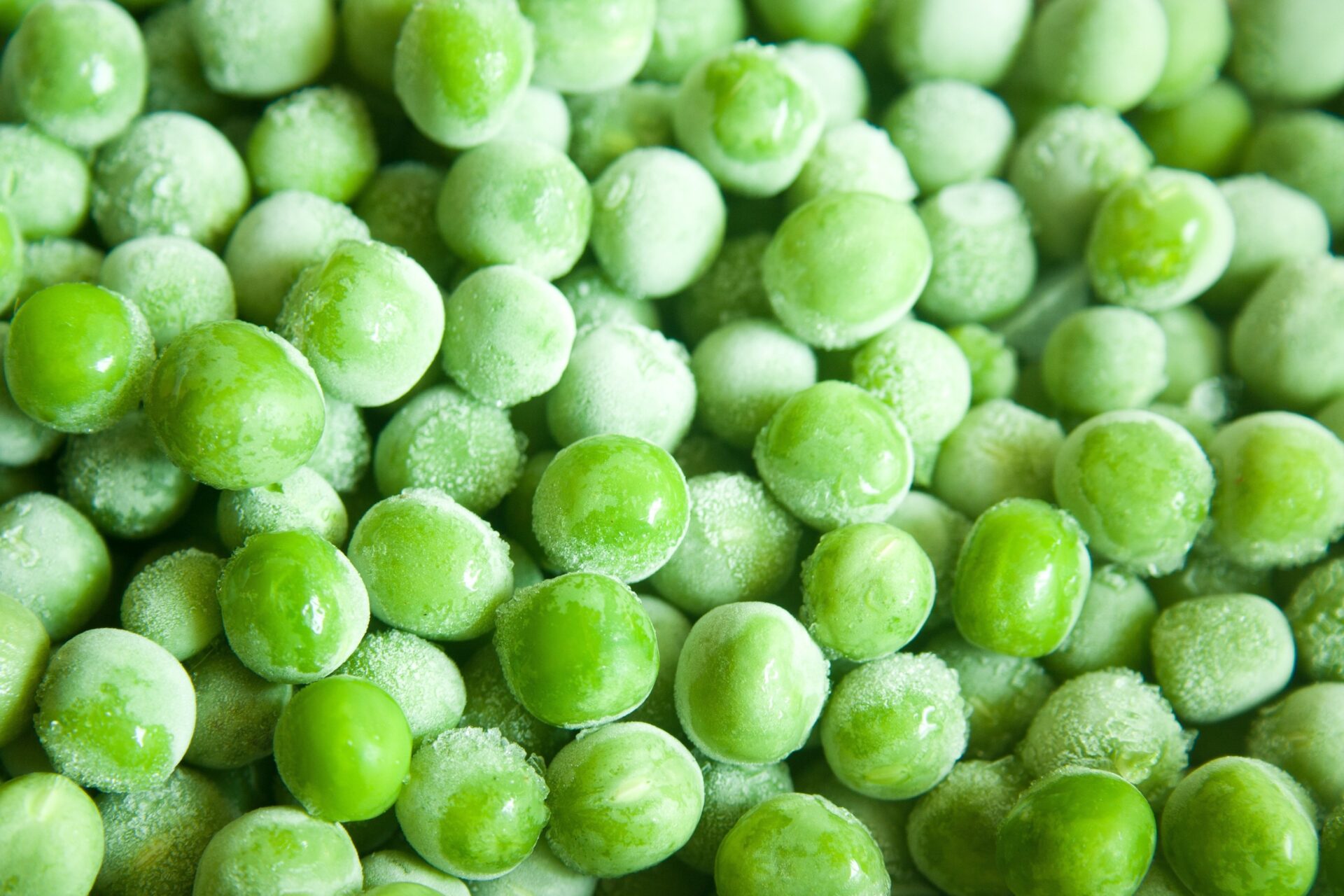In the restaurant and food manufacturing sectors, the debate between fresh and frozen products has long been a constant. In recent years, however, the data has been clear: an increasing number of businesses, from Michelin-starred restaurants to large-scale manufacturers, are choosing frozen food as a strategic solution for daily production. It is no longer a simple alternative to fresh, but a deliberate choice that combines quality, safety, and flexibility.

Table of Contents
1. Consistent quality, year-round
One of the main advantages of frozen products is their consistent quality. Thanks to modern freezing technologies, ingredients such as vegetables, fish, fruit, and semi-processed items are frozen just a few hours after harvesting or processing, preserving freshness, organoleptic properties, and nutritional value.
This enables companies to offer recipes with high standards in any season, without depending on the limits of seasonality. For professional kitchens or production facilities, this means planning menus and production lines with greater precision and without surprises.
2. Waste reduction and cost optimization
Food cost is a critical variable in the sector. Fresh products, even when high quality, have a limited shelf life, with the risk of spoilage and waste. Frozen products, by contrast, offer longer durability and lower waste, allowing purchases and storage to be aligned to actual needs, when needed.
This not only reduces costs related to disposals, but also helps to plan warehouse management more efficiently, with a positive impact on profit margins.
3. Flexibility and breadth of frozen assortments
A key reason companies are turning to frozen food is operational flexibility. Frozen enables access to a virtually unlimited range of ingredients and semi-finished products: from portioned vegetables to mixes ready for specific recipes, through to high-quality fish and meat, already cleaned and ready to use.
This reduces preparation time and costs, optimizes staff workload, and ensures uniformity in the final result. This breadth and flexibility allow businesses—from small labs to large plants—to respond quickly to market needs, including seasonal peaks or tailored requests.
4. Safety and traceability of frozen products
Food safety is another strong point of frozen food. Industrial freezing processes take place in controlled environments with rigorous hygiene and traceability protocols. This ensures a safe, certified, and ready-to-use product, reducing contamination risks and improving HACCP management.
For companies that export or operate in international markets, this level of safety is a fundamental competitive advantage.
5. Sustainability and responsibility
More and more companies are focusing on the environmental impact of their choices. By reducing waste and optimizing transport, frozen food often proves more sustainable than fresh supply chains. Less waste means fewer disposals, while a more efficient logistics chain means lower emissions.
A strategic ally for growth
The frozen category is no longer viewed as a “fallback” segment, but as a strategic lever for growth. By combining quality, flexibility, and cost control, frozen food has become a crucial ally for businesses that aim to remain competitive in a constantly evolving industry.
Frozen: the smart choice to reduce waste, costs, and environmental impact according to Food & Wine
A recent article from Food & Wine examines a topic of growing importance for companies and consumers: the positive impact of frozen products compared to fresh. According to United Nations data, in 2022 more than 1 billion tons of food waste were generated worldwide—about 291 kilograms of discarded food per person. This staggering figure concerns not only retail, but especially domestic consumption.
Studies cited in the article explain that a large share of waste stems from fresh items that are not consumed in time. In this context, frozen offers a simple yet effective solution. Thanks to long shelf life, these products can be stored for months without loss of quality, drastically reducing the likelihood of ending up in the bin. For companies, restaurants, and households, this translates into more efficient inventory management and tangible cost savings.
Beyond sustainability, frozen is often more cost-effective. According to the USDA, in 2024 one cup of fresh corn cost an average of $1.50, while the same frozen quantity cost only $0.64. The same applies to spinach: $1.77 fresh versus $1.10 frozen. For those managing high volumes—restaurants, canteens, or food manufacturers—these differences add up to significant long-term savings.
Another crucial, lesser-known aspect concerns nutritional value. Modern technologies freeze fruit and vegetables immediately after harvest, at peak ripeness. This process halts nutrient decay and preserves vitamins, minerals, and antioxidants to a degree equal to—or greater than—their fresh counterparts.
According to researchers at Cornell University, fresh products are discarded up to six times more often than frozen at the distribution level. For industry operators, this means fewer losses along the entire supply chain and better food-cost control.
Experts also highlight the key role of frozen in reducing environmental impact. Less waste means fewer disposals, fewer natural resources squandered, and a more sustainable supply chain. In a context where environmental responsibility has become a competitive factor, this makes frozen an increasingly strategic option.
In summary, frozen products today are no longer a simple low-cost alternative to fresh, but a strategic ally for those seeking quality, efficiency, and sustainability. They ensure ingredient availability year-round, precise cost control, and a reduced environmental footprint.
For companies, restaurateurs, and households, the real question is no longer “why choose frozen,” but “why not.”.






